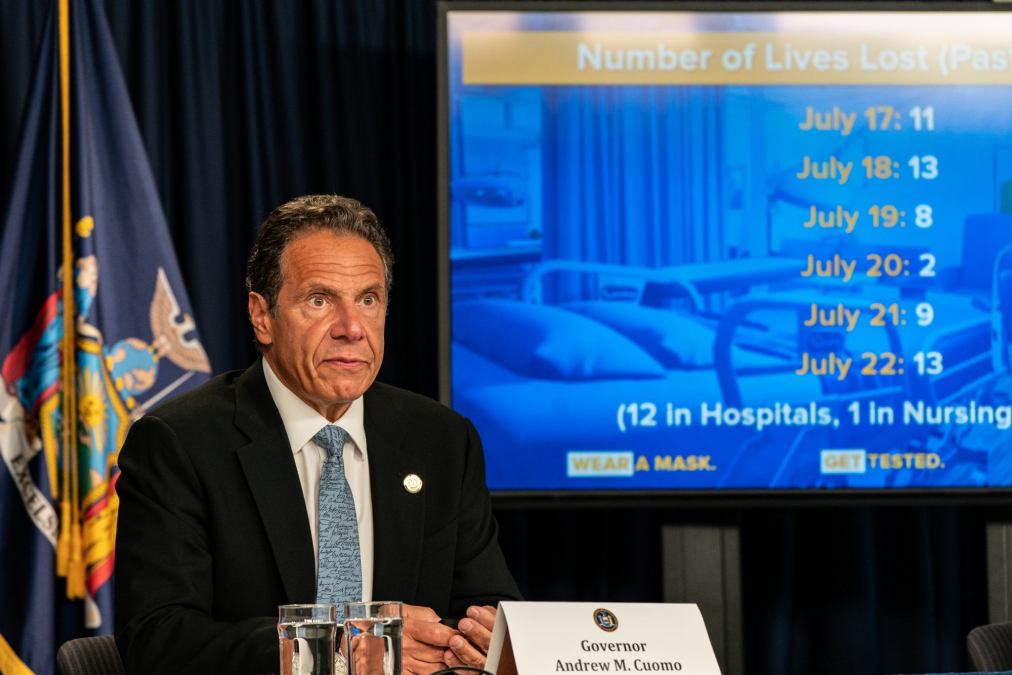An imperfect understanding of the ongoing health crisis has continually confounded the efforts of the world’s public health systems and governments to rally an effective response to the COVID-19 pandemic.
A digital landscape flooded with misinformation and disinformation has sown distrust among the public, further complicating matters for governments — especially states — that depend on widespread cooperation to accomplish their public health goals. According to a Pew Research Center survey last July, one-quarter of Americans believed in an unsubstantiated conspiracy theory that the coronavirus outbreak had been planned by a group of powerful elites. In more recent surveys, between 15% and 29% of health care workers said they would refuse a COVID-19 vaccine, citing concerns with efficacy or potential side effects.
But even a thorough and reliable data set on basic metrics, such as who is becoming infected and who is receiving vaccinations, is a requisite baseline for understanding the disease that continues to escape capture. And governments’ mistakes during the pandemic, though often legitimate, risk eroding even further the trust of an already skeptical public worn down by political rhetoric, clashing public health directives and fatigue one year into the crisis.
